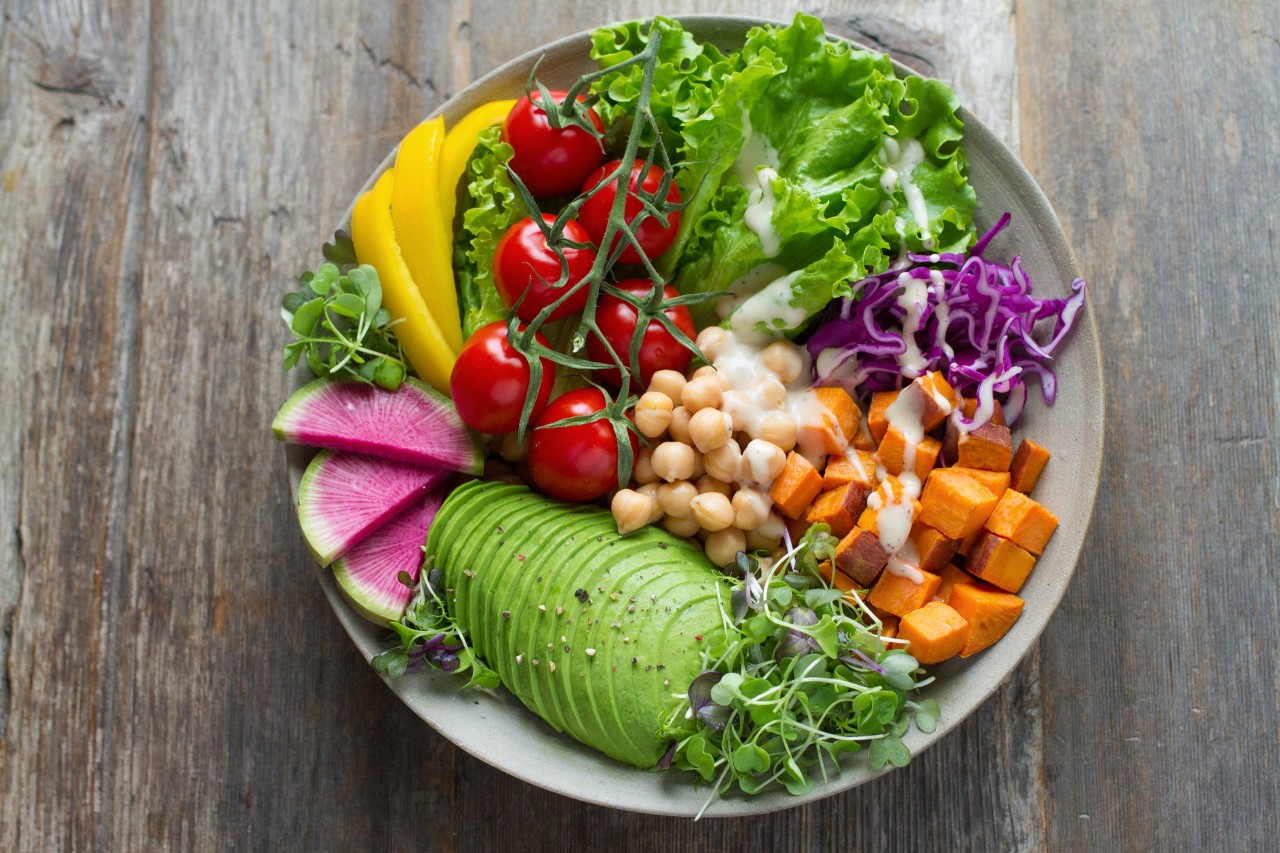Before you dive into the specifics of fruits and vegetables, it’s important to have a good grasp of what they even are. After all, it’s hard to know how something is different from another thing if you don’t know what that thing is in the first place. So, to set this up properly, let’s take a look at what exactly fruits and veggies are before we answer the question about how they differ from each other.
Fruits and vegetables are both parts of plants.
Both fruits and vegetables are parts of plants. They both offer a range of nutrients and health benefits, but they have different uses. Fruits are the fleshy reproductive organs of flowering plants that contain seeds, while vegetables are edible plant parts with savory characteristics that do not contain seeds.
Fruit is an important part of your healthy diet because it contains vitamin C, potassium, and fiber. Vegetables also offer many health benefits due to their high content of vitamins A, C, and K; folate; iron; magnesium; phosphorus; potassium; zinc; calcium; protein (for more information about specific types check out this list).
Both fruits and vegetables can be eaten raw or cooked depending on preferences: eating them raw means you get more fiber from the skin when you eat them whole rather than removing the skin before cooking (this rule applies especially for tomatoes which contain lycopene).
Both fruits and vegetables are packed with nutrients and are part of a healthy diet.
Both fruits and vegetables are packed with nutrients and are part of a healthy diet. While they’re both good sources of vitamins, minerals, and fiber, both have unique qualities that make them especially beneficial to your health.
In general, fruits and vegetables are low in calories but high in nutrients—so they’re an excellent choice for a healthy diet. If you want to eat more fruits or vegetables, try adding them to salads or smoothies.
Vegetables are a more versatile food source than fruits.
Vegetables are a more versatile food source than fruits. They can be cooked, baked, roasted or sauteed and eaten as a side dish. Vegetables can also serve as a main dish if you add some protein to them. In fact, vegetarians often make complete meals out of vegetables alone by combining different types of proteins like tofu and beans with different kinds of vegetables like broccoli and carrots in one dish.
Vegetables are also eaten raw or cooked depending on personal preference: some people prefer their veggies raw while others like them cooked (or even sauteed).
Fruits have a sweeter taste than vegetables.
For the most part, fruits are sweeter than vegetables. This is because fruits contain high levels of sugar (fructose) and natural sugars while vegetables do not. For example, apples and oranges contain high amounts of fructose and glucose, which is why they taste so sweet when you eat them. Vegetables, on the other hand, contain very little sugar because they’re grown above ground where there’s no access to sunlight for photosynthesis—the process by which plants turn sunlight into energy through the use of chlorophyll-containing cells called chloroplasts.
Vegetables can be eaten cooked or raw, but fruits must be ripe to eat.
Vegetables are a great source of important nutrients, including fiber and vitamins. But it’s not just about the nutrients: vegetables also have a wide range of flavors and textures that make them versatile in the kitchen. They can be eaten cooked or raw, used as part of the main dish or side dish, added to soups and salads, or served on their own as snacks.
On the other hand, fruits are generally sweeter than most vegetables. This sweetness is due to their high sugar content — some fruits have more than others but they’re all higher in sugar than most vegetables by nature. That said, there are exceptions! Tomatoes have almost as much sugar content as strawberries do (about 2 grams per cup), while broccoli has only 1 gram per cup!
Eat more fruits and vegetables!
Fruits and vegetables are both important parts of a healthy diet, but they’re not the same thing. You can think of fruits as sweet and usually juicy, while vegetables are usually savory and crunchy. There are exceptions—tomatoes and bell peppers, for example—but generally speaking, this rule works pretty well.
You may have heard people talk about “5-a-day.” That’s a recommendation that we should eat five servings of fruit or vegetables every day. The reason there’s no specific number is that each person has different needs based on their age, gender, and activity level; so five servings might be too much for some people but not enough for others!
Anyway! Eating more fruits and vegetables is good for you—they’re packed with nutrients like antioxidants (which fight free radicals) and vitamins C & A that support your body’s functions.* When you choose to eat more fruits and veggies instead of other foods in your diet (like french fries or soda), you’ll probably find yourself feeling fuller longer too!
Conclusion
So now you know the difference between fruits and vegetables. The best part is that they both taste amazing, so eat as many as you can!
























